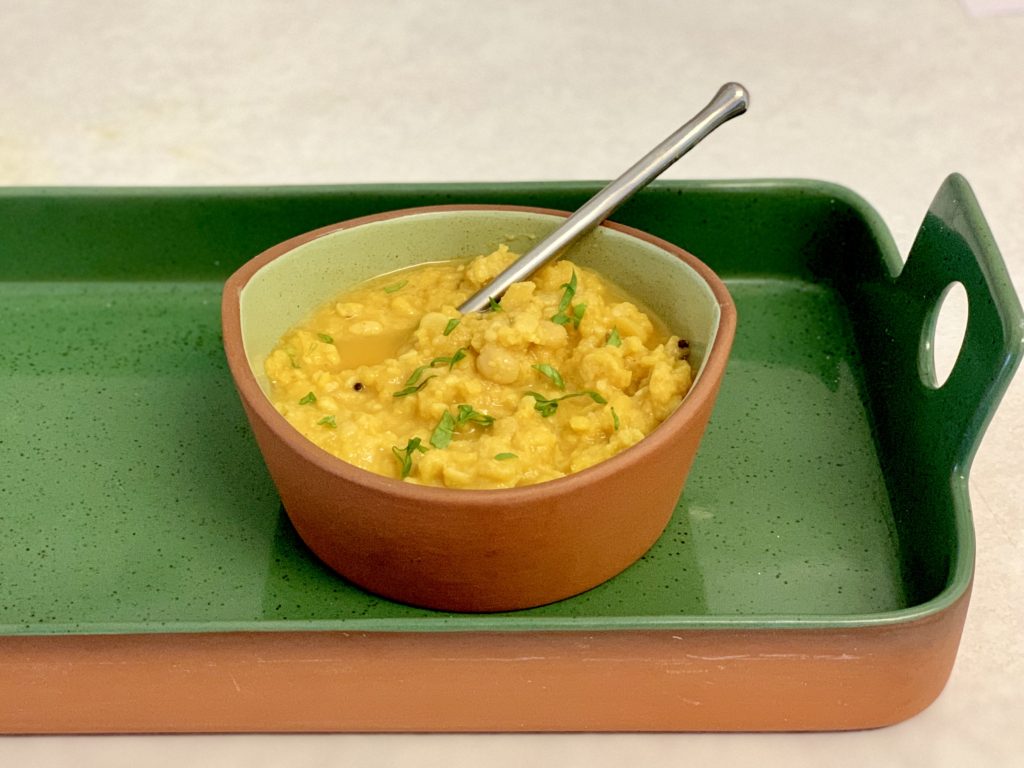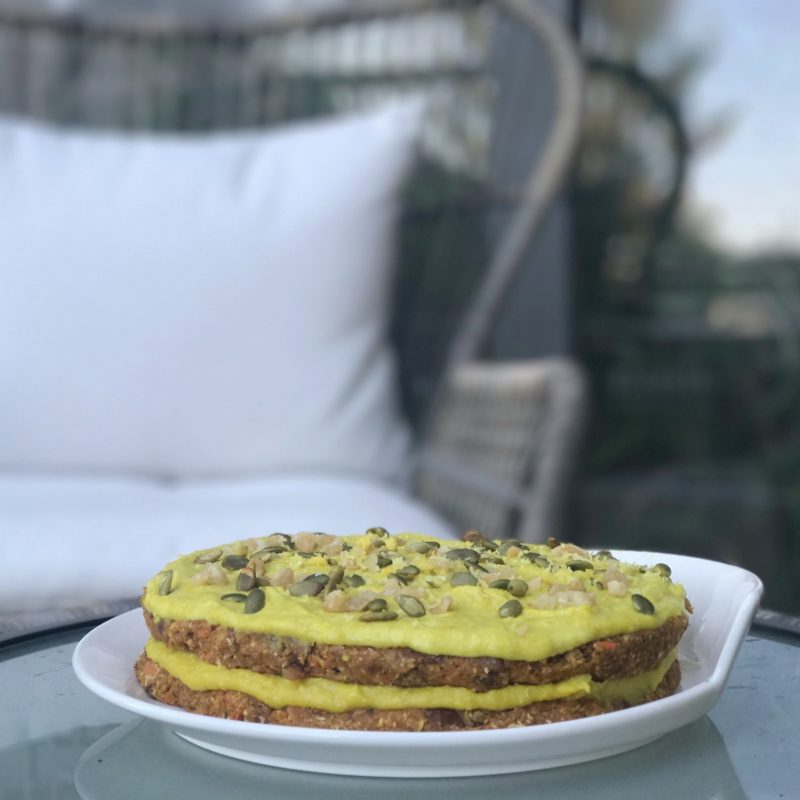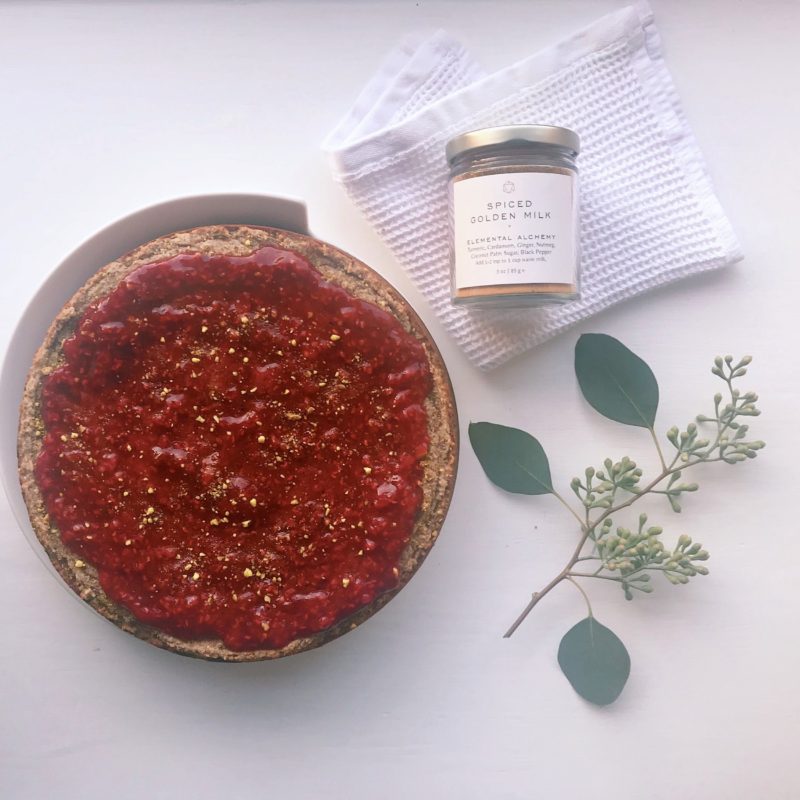
Kitchari, pronounced kich-ah-ree (sometimes spelled khichadi or khichdi), is a delicious yet simple, porridge-like blend of beans and rice. It is often referred to as the Indian comfort food, but perhaps contrary to the western idea of comfort food, kitchari has many healing and cleansing benefits and has long been used to nourish babies the sick and elderly and as sustenance during detoxification, cleansing and deep spiritual practice.
BENEFITS OF KITCHARI
- Good For all dosha types
- Kitchari is tridoshic which means that regardless of your dosha or doshic state, this is one food that supports everyone.
- Creates a complete protein
- The combination of rice and split mung provides all the amino acids needed to form a complete protein. Eaten on their own, each of these foods is missing one or more of the essential amino acids that our bodies are not able to make on their own. However, together their protein content supports our entire system.
- Easy to digest
- While beans are typically too drying and gaseous for vata types, the split mung bean is gentle and easy to digest. Similarly, white rice is traditionally used in kitchari because it is easier to digest.
- Helps strengthen agni (digestive capacity)
- Healthy agni allows us to digest, assimilate, and absorb nutrients from our food, while weak or imbalanced agni leads to malabsorption and accumulation of ama, or toxin by-products of undigested foods.
- Aids detoxification
- The astringent qualities of split mung help to remove toxic build up from the intestinal lining without the harsh abrasive nature of raw vegetables.
In keeping with culture, I’ve shared my mother’s recipe below. Enjoy!
INGREDIENTS
- 2 tablespoons ghee or cooking oil
- 1/4 teaspoon ground asafetida
- 1 teaspoon whole cumin seeds
- 1 small onion, peeled and sliced
- 1-inch piece fresh ginger, peeled and finely chopped
- 2 black cardamom pods
- 2 cloves garlic
- 1/4 teaspoon garam masala
- 1/2 teaspoon turmeric
- 1 cup split mung beans
- 1 cup long-grain rice
- Salt to taste
- About 5 cups water
INSTRUCTIONS
-
- Heat oil or ghee in a large heavy-bottom saucepan casserole over medium heat. Add asafetida and cumin seeds.
- As soon as you smell the fragrance of the cumin seeds, add the onion and ginger. Stir-fry until onion begins to turn transparent.
- Add cardamom pods, garlic, garam masala, and turmeric. Stir and fry for 1 minute. Add the mung beans and rice. Sauté for about a minute or two.
- Add salt and water, and bring to a boil.
- Cover, turn heat to low, and cook for 30 minutes, stirring now and then to prevent sticking.
- Uncover and check to ensure that the rice and mung beans are thoroughly cooked.
- Allow to cool slightly then stir in more ghee (optional) and serve.
Makes 4 to 6 servings.


